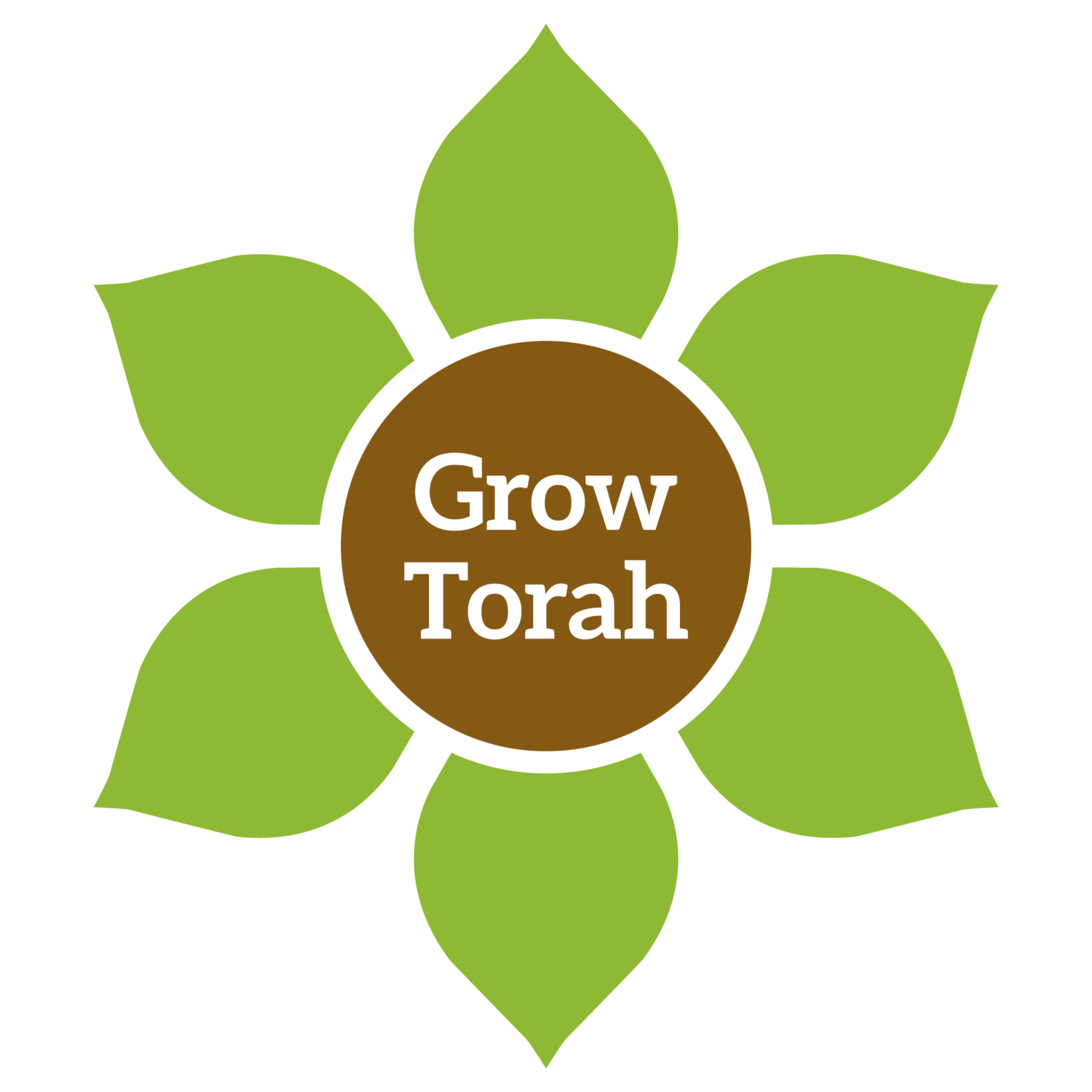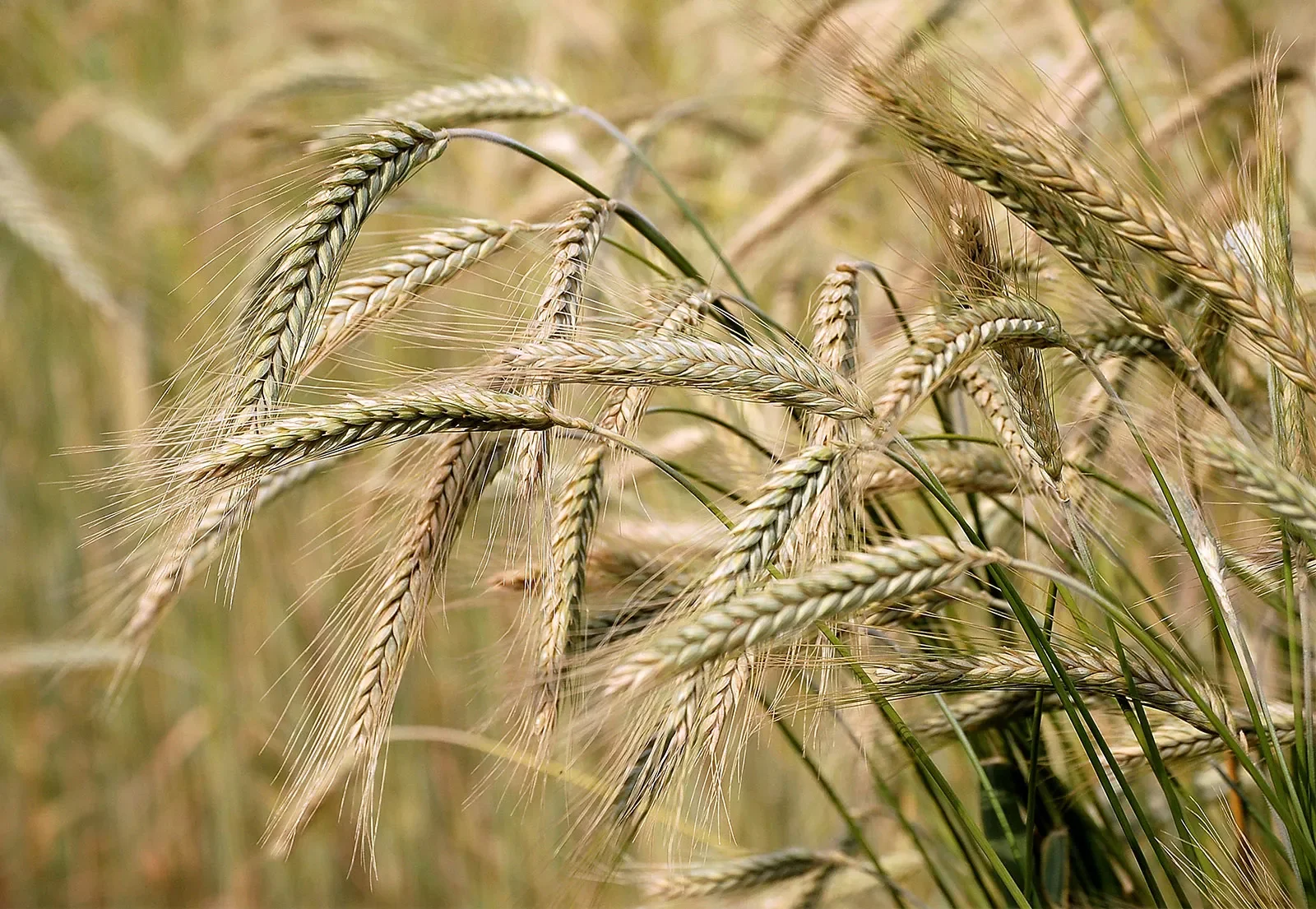Barley - שְׂעוֹרָה
Agricultural Information:
Family: Grasses (Poaceae)
Scientific name: Hordeum
The barley inflorescence is called a spike (shibolet in Hebrew), comprising many spikelets arranged along the spike’s axis. The main difference between wheat and barley lies in the differences between the parts of the spikelets.
Barley grows the fastest among cereal crops, which made it more susceptible to damage from the plague of hail—the impact caused the plant to break. In contrast, wheat grows more slowly, so it was not affected by the plague.
The various barley species are covered, meaning the grain is encased in a husk that must be removed before use. In contrast, wheat is a naked grain, requiring only light rubbing to remove the husks. Today, barley is primarily used as animal feed, in the forms of hay and silage, and for human consumption, serving as a key ingredient in alcoholic beverages such as beer and whiskey, as well as in pearl barley and barley bread.
In recent decades, an interesting discussion has emerged regarding one particular barley variety—the two-row barley. In this type, only one grain develops from every three flowers in a spikelet, and since there are two rows of flowers, it is called two-row barley. Some have speculated that this type of barley is the shibolet shual (translated today as “oats”) mentioned as one of the Five Species of grain.
Historical Information:
Barley is one of the Seven Species that the Land of Israel was blessed with: “A land of wheat and barley …” Barley and wheat are the two primary species of the Five Grains. Barley was originally domesticated in our region and there is no doubt that the barley we know today is the same barley mentioned in biblical and rabbinic sources. Barley has been used as food for both humans and animals ever since antiquity. In our region, two varieties of barley were cultivated: barley without a specific varietal designation and red barley.
Halachic Information:
Challah (separating from dough when baking bread): Barley is one of the Five grains, and thus is obligated in the separation of challah. The point at which the dough becomes obligated in challah is called timtum (indicating that the ingredients of the dough are connected, but not tightly enough to form a solid bond, requiring some effort to “stick them together” into one entity; when baked it becomes a firm, dense bread). This bonding issue is likely due to the lower gluten quality in these plants.
Passover: All of the laws of Passover vis-à-vis chametz and matzah apply to barley.
Chadash (new grain prohibition): According to Torah law, the omer offering must be brought during Pesach. Before this offering is brought, it is forbidden to use any new grain that took root after the previous year’s omer offering. This prohibition is known as the chadash (new grain) prohibition. The Sages extrapolated that the omer offering was made from barley. Since barley has a shorter and faster growing cycle than wheat, it was already ripe by Nisan, while wheat only ripens about two months later, by Shavuot.
Bikkurim (first fruits): Barley is one of the species obligated in bikkurim.
Biblical measurements: Barley served as the basic unit of weight from which various rabbinic measurements were derived, such as the perutah (smallest coin), the half-shekel, and measurements of volume, weight, length, and width.
Kilei zera’im & kilei hakerem*: Barley is one of the Five Grains and thus may not be planted near other annuals or grapevines. The distance necessary depends on several factors.
*Kilei zera’im & kilei hakerem (interplanting – annuals & grapevines) generally do not apply outside of the land of Israel; the following laws apply only within the land of Israel.
Information about plants as they relate to torah and mitzvot has been generously provided by Mercaz Torah VeHa’aretz Institute.


